Last updated on January 5, 2022
Content By: Dr. Nikita Toshi BDS, Assistant Manager (Medical Review), Dr. Ritu Budania MBBS, MD (Pharmacology) Head, Medical Affairs & Dt. Ami Shah PG Clinical Nutrition (Cardiac & Diabetes), Registered Dietitian and Diabetic Educator
Last updated on January 5, 2022
Living with diabetes can be mentally hard to deal with for some people. However, it need not be something to fear. Diabetes, although chronic, can be effectively managed with little tweaks in our lifestyle and diet. But how do we know exactly what we should eat to manage our diabetes? Some might say cut out sugar entirely, others cut out carbohydrates entirely, some might even subject you to bland food all your life now that you’re diabetic. However, many diabetics have gone on to live happy and healthy lives without compromising on the taste of their foods.
Substituting your favourite foods with simple healthy swaps can help you manage your blood sugar as well as help your taste buds adapt to a palette that will benefit you in the long run. Doctors recommend diabetics should include foods that have a low glycemic index. Having a glycemic index chart in place can help you choose what foods to include and what to limit in or eat in limited portions in your diabetic diet. Understanding the glycemic index of foods helps you assess how much each food affects your blood sugar levels. Once you have that knowledge, it is easier to plan your meal accordingly.
The glycemic index not only helps you be aware of what you are putting in your body but also helps in maintaining your weight loss journey and keeping your cholesterol in check. So let us take a detailed look into what glycemic index is, how it affects our diet and how it helps us control our sugar levels?
Living with diabetes can be mentally hard to deal with for some people. However, it need not be something to fear. Diabetes, although chronic, can be effectively managed with little tweaks in our lifestyle and diet. But how do we know exactly what we should eat to manage our diabetes? Some might say cut out sugar entirely, others cut out carbohydrates entirely, some might even subject you to bland food all your life now that you’re diabetic. However, many diabetics have gone on to live happy and healthy lives without compromising on the taste of their foods.
Substituting your favourite foods with simple healthy swaps can help you manage your blood sugar as well as help your taste buds adapt to a palette that will benefit you in the long run. Doctors recommend diabetics should include foods that have a low glycemic index. Having a glycemic index chart in place can help you choose what foods to include and what to limit in or eat in limited portions in your diabetic diet. Understanding the glycemic index of foods helps you assess how much each food affects your blood sugar levels. Once you have that knowledge, it is easier to plan your meal accordingly.
The glycemic index not only helps you be aware of what you are putting in your body but also helps in maintaining your weight loss journey and keeping your cholesterol in check. So let us take a detailed look into what glycemic index is, how it affects our diet and how it helps us control our sugar levels?

Written by
BDS, Assistant Manager (Medical Review)

Reviewed by
MBBS, MD (Pharmacology) Head, Medical Affairs

Reviewed by
PG Clinical Nutrition (Cardiac & Diabetes), Registered Dietitian and Diabetic Educator
The Glycemic Index is a rating tool or a measuring system that gives you an idea about how much a particular food can increase your blood sugar levels. It is used to promote healthy eating habits and help diabetic patients increase awareness of what to eat in order to keep their weight, cholesterol and blood sugar levels under control.
The glycemic index of a food is determined based on various factors such as nutritive composition, ripeness of the food, how processed it is, sugar content and its cooking time and method. Foods are generally rated from 0 – 100 and are called low, medium or high glycemic food based on their ratings.
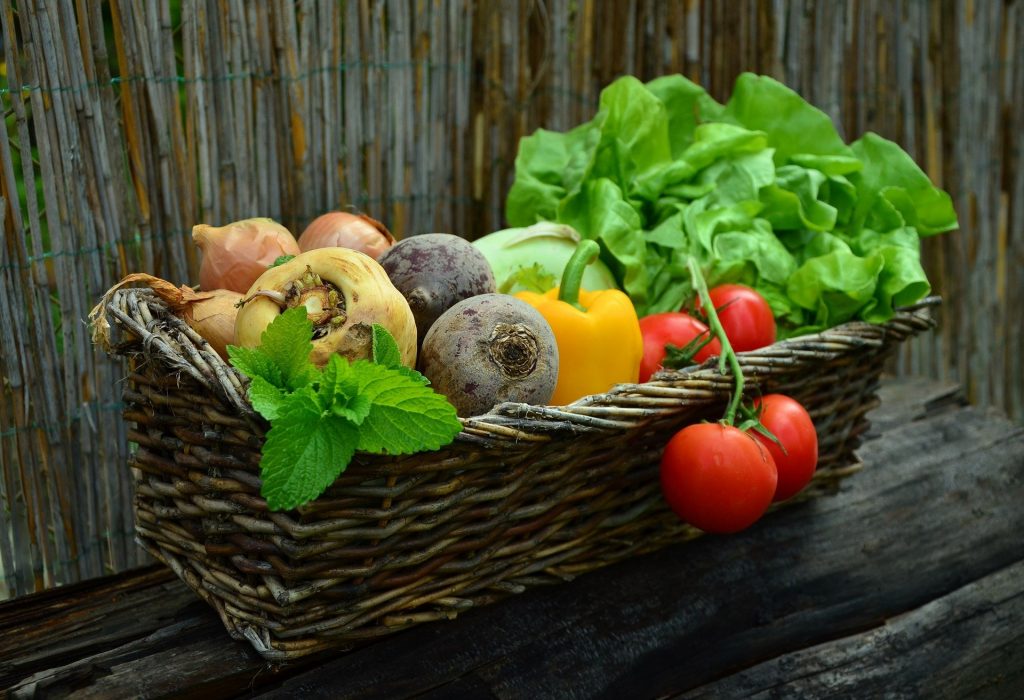
The three glycemic index ratings are:
For better understanding, the lower the glycemic rating, the longer the food takes to digest, bringing a slower rise in your blood sugar levels.
Foods with a high glycemic index are usually digested quickly which makes you hungry sooner. If you eat more high glycemic foods, you will end up eating more unhealthy foods which would result in weight gain and high blood sugar levels.
Glycemic index vs Glycemic Load?
While the Glycemic index is used to determine how much a particular food increases your blood sugar levels, it does not reflect on the quantity of the food. For this purpose, researchers came up with the idea of a Glycemic load.
A Glycemic Load shows the number of calories you will be consuming, in a serving of that particular food. This helps you determine how much to eat in a serving in order to maintain your blood sugars.
According to Sydney University’s table of GL values, the three glycemic load ratings are:

Think you may be experiencing symptoms of diabetes?
Book a test on PharmEasy to rule out your diagnosis today!
One of the most crucial ways to control diabetes is by monitoring your blood sugar levels. Only if you are mindful of what you eat and how much of it you eat, will you be able to control and maintain your weight, blood sugar levels and a number of other health complications that arise with diabetes. And ultimately, the only way to be mindful of your meals is by calculating the Glycemic index and load of each meal.
What happens when you eat foods with Low GI?
Foods with a low glycemic index often keep you full for a longer period of time since they take a longer time to digest. These foods are high in fibre and protein while high GI foods consist of hidden sugars and refined carbohydrates. Therefore, it is advisable for diabetic patients or any person who’s trying to maintain their weight, to swap high GI food for low GI food.
Some benefits of swapping high GI foods for low GI foods are:
Improved blood sugar regulation
Recent studies have suggested that a low GI diet plan has improved blood sugar levels in diabetic patients and has also helped them understand the process of carbohydrate counting. Keeping your blood sugar levels under control is absolutely crucial for people with type 1 and type 2 diabetes since uncontrolled levels give rise to many health concerns like kidney and nerve damage, loss of eyesight, hearing impairment and cardiovascular diseases.
The idea of the Glycemic index is to help people control their blood sugar levels. And when blood sugar is controlled by eating low GI foods, weight is bound to drop. As mentioned earlier, low GI foods tend to take longer to digest, which means you feel fuller for longer and can refrain from binge eating. A low GI diet plan can be useful for a diabetic person but it is not certain that it is better than other low-carb or low-fat diets followed by healthy individuals.
Decreases cholesterol levels
High blood sugar levels directly affect cholesterol levels which are also called Very Low-Density Lipoprotein (VLDL). Generally, High-Density Lipoprotein (HDL) is considered good cholesterols and Low-density Lipoprotein are considered bad cholesterols. HDL carries cholesterol to the liver where it is removed appropriately, whereas LDL develops fatty deposits in your blood vessels. Eventually, VLDL can lead to too many fat deposits in the arteries, making it difficult for blood to flow normally. This results in blood clots, heart attacks and or heart disease. Therefore, it is absolutely vital to keep your blood sugar levels under control in order to regulate healthy cholesterol levels and this is ultimately done by following a low glycemic index food chart plan.
Improves Blood Pressure
With uncontrolled blood sugar levels, blood with high glucose travels all over the body damaging vital organs like the kidney and blood vessels. Damage to these vital organs gives rise to high blood pressure thus, increasing the risk of many other health complications. A glycemic index and glycemic load diet is likely to improve blood pressure because it subsequently helps reduce blood sugar levels.
Therefore, it is evident that controlling your blood sugar ultimately controls a variety of other serious ailments that are likely to occur when a person has diabetes. This is where a GI and GL diet comes into handy. If you or anyone you know is at risk of developing type 1 or 2 diabetes, it is highly beneficial to swap to a diabetes diet plan to avoid further complications in the future.

Don’t fear the diagnosis.
Order your doctor-prescribed medicines on PharmEasy in just a click and manage diabetes with ease!
What are the primary differences between High GI and Low GI?
The primary difference between high and low GI food is their GI rating. The higher the rating, the easier it is to digest and spike up your blood sugar levels. The lower the rating, the longer it takes to break down, resulting in a gradual release of glucose in your bloodstream. It is important to have a steady increase and decrease in blood sugar levels especially if you are diabetic.
A high GI diet will contribute to an uncontrolled, unhealthy and unsteady rise in blood sugar levels, even with proper medication and insulin therapy. A good glycemic index chart will assist you in differentiating good carbs from bad carbs so you can accurately count your calories and keep fit and healthy.
How to identify the GI index in packaged food?
Packaged foods tend to be more processed and rank high in the Glycemic index charts. This is because packaged food contains a lot of hidden sugars and sodium. In order to identify the GI in packages, look out for the following factors in the “Nutrition Facts” food label of the package:
Carbohydrate content – Most of the sugars, sodium, starch is usually hidden under the “Total carbohydrate” content of the package. The higher the carbohydrate content, the higher the glycemic index of the food package.
Fibre content – Fibres are usually included in the carbohydrate count but since the body cannot digest it, it does not contribute to calories and does not increase your blood sugar levels. Fibres include both soluble and insoluble fibres. Therefore, consuming 100-calorie high fibre food will reduce appetite and keep you full for longer.
Fat and Protein content – Fat and protein have very little effect on your blood sugar levels. If the fat and protein content is higher than the carbohydrate content, the food is generally considered low GI. Similarly, consuming a good portion of protein with a high GI food can reduce the over glycemic index of the meal.
Changes in Glycemic Index of Foods
Depending on some factors, a low GI food can turn into a high GI food. This happens in the following cases:
The ripeness of food – Unripe fruits and vegetables contain complex carbs that break down as sugars when it ripens. During the ripening process, the resistant starch content decreases to a large extent. This decrease leads to fruits with a high glycemic index making them unfit for diabetic patients.
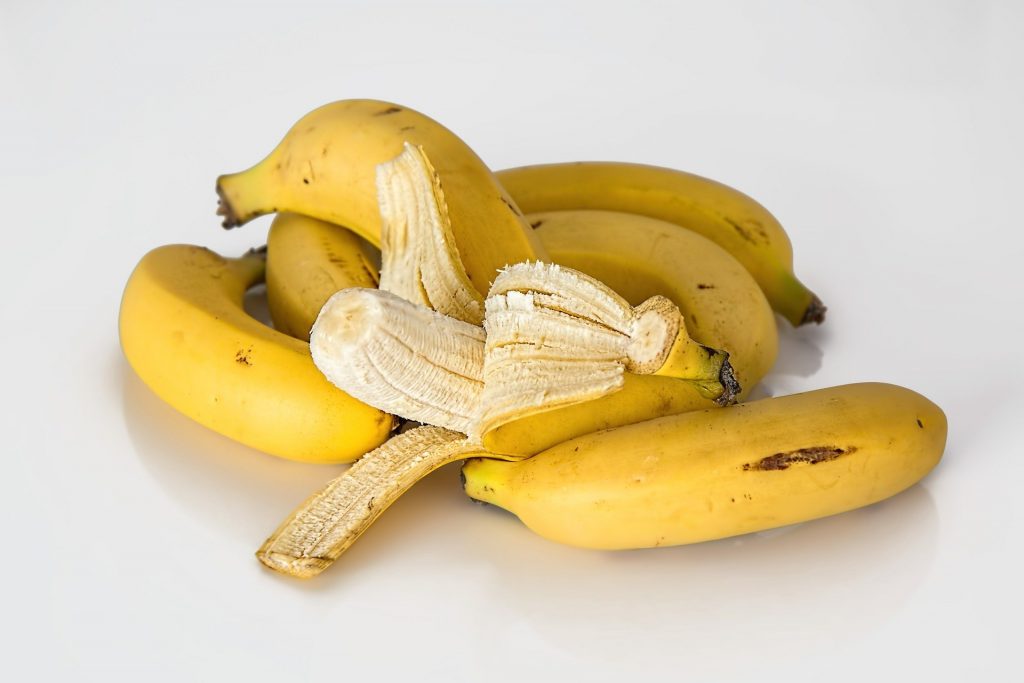
The way it is prepared – The longer a particular food is cooked, the quicker its glucose will be digested and absorbed by our bodies. Foods that are digested quickly are usually high GI foods.
Other foods are eaten together – Sometimes, a combination of two foods increases the GI value of the dish. For example, cheese is a low GI food but a simple pizza with parmesan cheese and tomato sauces has a very high GI. Similarly, a pizza with a wheat base, mozzarella cheese and vegetable fixings has a low GI.
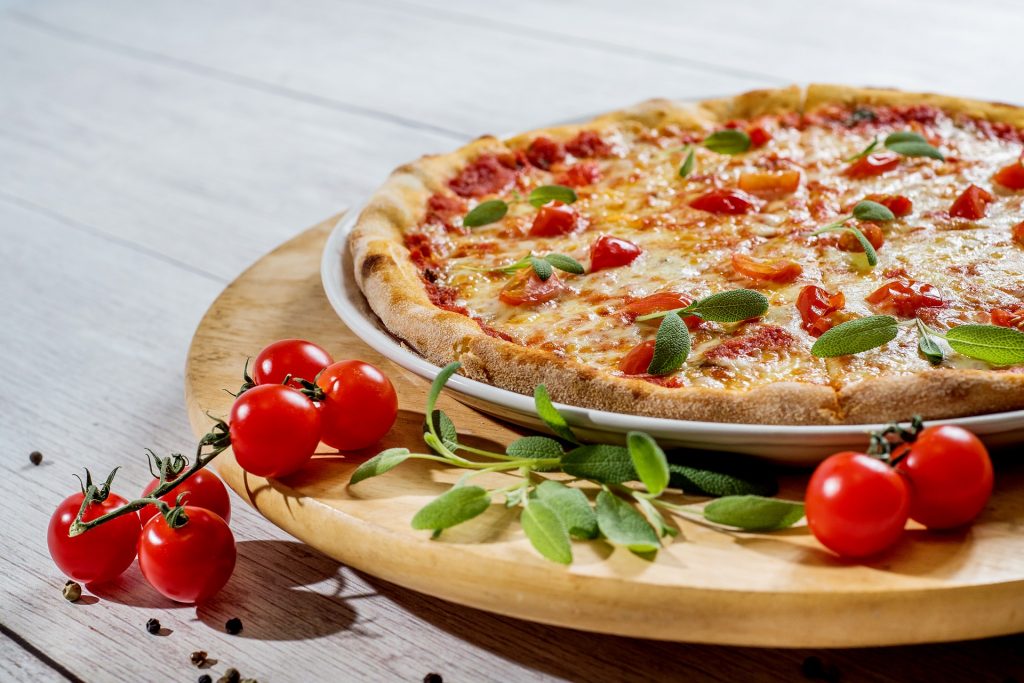
Making the dietary switch from High GI to Low GI: 8 Useful Tips & Tricks
Swapping from high GI food to low GI food only needs determination. If you are diabetic or at risk of developing the condition, it is advisable to stick to foods with a low glycemic index for people with diabetes to keep your blood sugar low. To do this you may:
#1 Be mindful of what you eat.
#2 Make a glycemic index food chart or an entry in your journal listing all the low GI foods so you don’t find yourself frantically asking the internet if a particular food is a high or low GI when preparing a meal.
#3 Journal your meals and their GI rating so you can count your calories at the end of the day which will give you the motivation to keep going.
#4 Avoid toast or cornflakes and opt for rolled oats with fruit or Greek yoghurt with muesli.
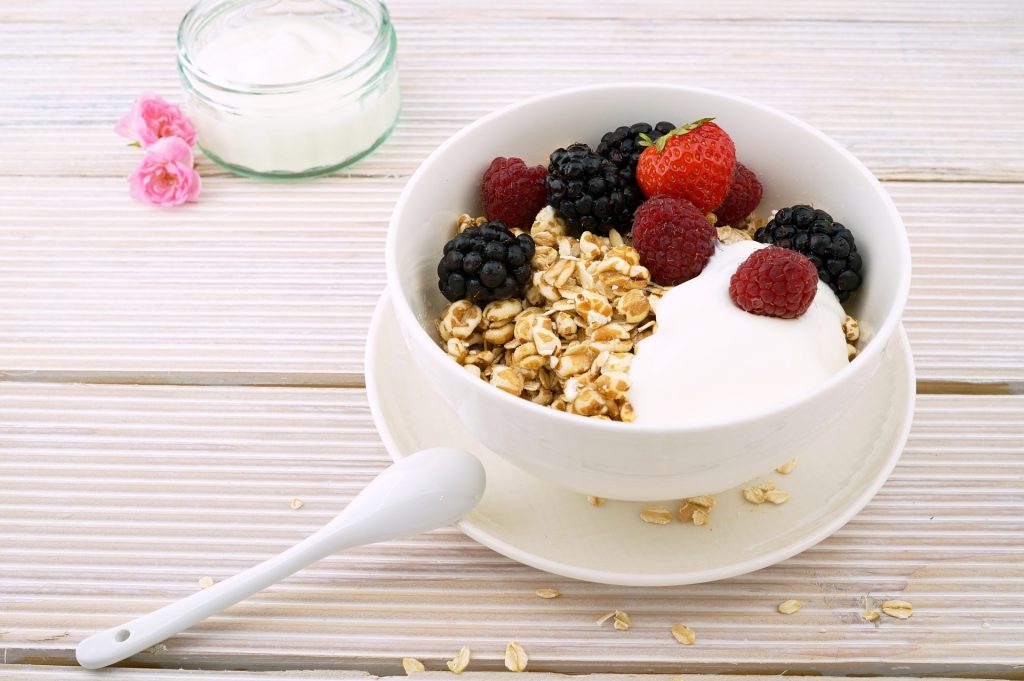
#5 Ditch the chocolate for dark chocolate.
#6 Include more lean meats, seafood or poultry since they have no glycemic index and can be consumed in a low glycemic index diet.
#7 Satisfy your hunger pangs with vegetables, nuts and low glycemic index fruits which will keep you fuller for much longer and will also aid in weight loss, glowing skin and healthy hair.
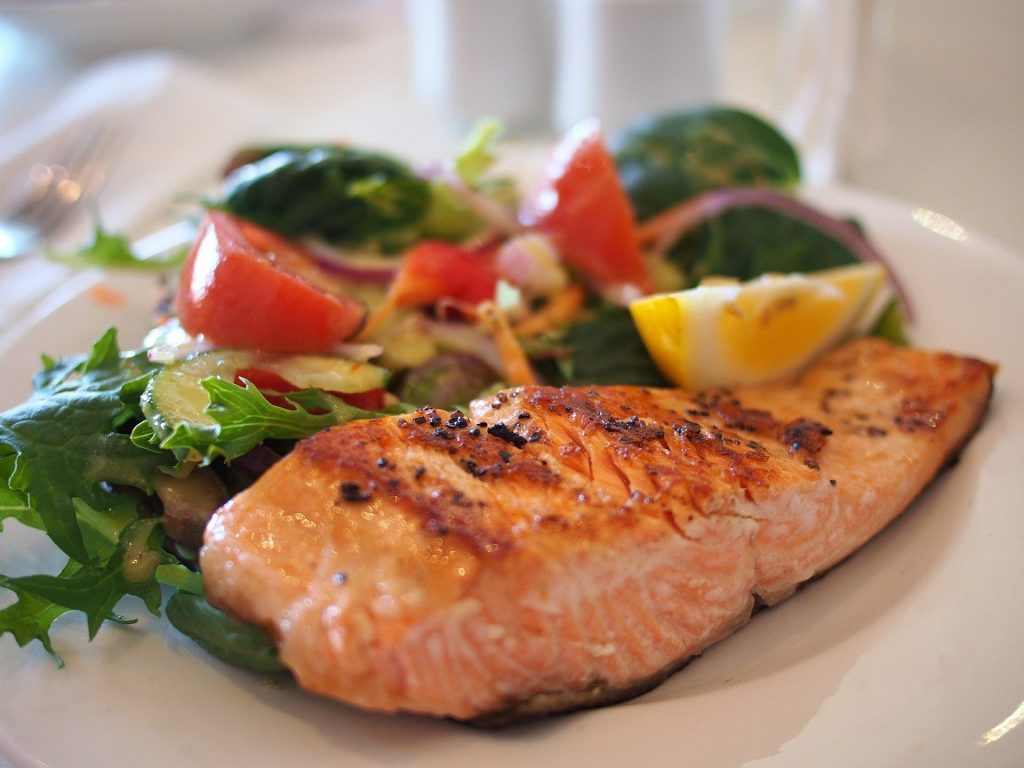
#8 Remember that a low GI diet plan does not have to be boring. Research and educate yourself on the many low glycemic index food meals and snacks that will keep your blood sugar low and also taste great.

Monitor your sugar levels on the go from the comfort of your home!
Buy a home glucometer kit on PharmEasy today!
What happens when you eat food with High GI?
Foods with a high glycemic index digest quicker and cause rapid changes in blood sugars. In order to keep blood sugar levels under control, it is extremely vital to ensure that your blood sugar and insulin levels rise in a steady manner. This is only possible when you follow a low glycemic index diet where the body breaks down glucose from complex carbs slowly and then converts it into energy.
Consuming a high GI diet regularly, especially with diabetes can lead to serious health complications. This is because blood with high glucose levels travels throughout the body and damages important organs in the process. This includes kidney disease, nerve damage, diabetic eye problems like retinopathy, heart diseases, high blood pressure and hearing impairment.
Glycemic Index Food Chart for Diabetes
Now that you understand what is the glycemic index of foods and how to identify GI in foods, here are some of the low, medium and high GI rated foods in a Glycemic index food chart:
| LOW GI FOODS (<55) | MEDIUM GI FOODS (56 – 69) | HIGH GI FOODS (>70) |
|---|---|---|
| Dairy products | ||
| – Milk (Full-fat, Skim, Soy) – Greek Yoghurt – Plain Yoghurt – Cheese (Cheddar, Swiss, Brie, Goat) – Cottage cheese (Paneer) |
– Ice cream | – Rice Milk – Flavoured Yoghurt |
| Fruits | ||
| – Apple – Banana (raw) – Orange – Dates – Prunes – Most Fruits |
– Mango – Orange Juice – Ripe Bananas – Grapes – Raisins – Muskmelons (in moderation) |
– Watermelons – Pineapples |
| Vegetables | ||
| – Carrots – Beans – Peas – Non-starchy Vegetables (Tomatoes, Spinach, Broccoli, Cauliflower) |
– Sweet Potatoes – Plantains (Green Banana) |
– Russet Potatoes – White Potatoes – Pumpkins (Only if consumed in high GL) |
| Cereals | ||
| – Rolled Oats – Steel Cut Oats – Poha |
– Muesli – Millet Porridge – Weetabix (Wheat biscuits) |
– Cornflakes – Cereal Bars – Instant Oats – Rice Porridge – Other Breakfast Cereals (Chocos, Honey Loops, Fruits Loops, Cheerios) |
| Carbohydrates | ||
| – Whole Grain Bread – Quinoa – Buckwheat (Kuttu) – Corn Tortillas – Barley – Chickpeas – Lentils – Soya Beans – Kidney Beans – Black Chickpeas |
– Wholemeal Bread – Wheat Roti – Brown Rice – Basmati Rice – Couscous – Wholemeal Spaghetti – Rice Noodles |
– White Bread – White Rice – Instant Noodles and Pasta |
| Snacks and Sugars | ||
| – Fructose – Unsalted Nuts – Hummus – Dark Chocolate |
– Popcorn – Chocolates – Sucrose – Honey – Maple Syrup |
– Sodas – Rice Crisps – Cheese Crackers – Potato chips – Glucose – Cakes & Cookies |
Certain foods with a very low or no GI value can also be consumed as part of a low GI diet plan. These foods include:
Meats – Lamb & beef
Poultry – Chicken, duck, eggs, etc.
Seafood – Tuna, sardines, shrimps, salmon, mackerel, kingfish, crab
Oils, seeds & nuts
Follow the above list of low glycemic index foods to ensure your blood sugar is within the normal range to keep other complications at bay and live a happy, healthy life.

Dealing with diabetes?
Explore a plethora of diabetes care products on PharmEasy to help you on your journey to recovery.
How foods with low GI can help with diabetes?
Glycemic index and diabetes go hand in hand. Diabetes is a type of condition that gives rise to many other conditions. To avoid further health complications, the first step is to keep your blood sugar levels within the normal range. And the only way to do this is by following a low glycemic index chart. The slow and steady breakdown of glucose (through a low gi diet) gives the body plenty of time to regulate insulin levels and also remove bad cholesterol through the liver.
Following low glycemic index diet and diabetes food chart is proven to be beneficial to people with diabetes as it helps with weight loss, reduces cholesterol levels, blood sugar levels, high blood pressure and also keeps you fit and healthy overall.
Where to check for your food’s GI?
There are a number of websites that show a detailed list of low and high glycemic index Indian foods. However, our top recommended website is Tarla Dalal’s list of low glycemic index foods Indian. The website also offers plenty of low glycemic index meal recipes for diabetes to ease you into making the switch. Our second-best pick is from Strength and Gain that also depicts a detailed low and high glycemic index food list.
A Sample 7 Day Low GI diet plan- breakfast, lunch and dinner:
If you or your loved one is diabetic, we have curated a low GI food list for diabetes with some of the top recommended meals on a low glycemic index food chart:
| Day | Breakfast | Lunch | Dinner |
|---|---|---|---|
| Mon | One cup rolled oats with low-fat milk and fruits with low glycemic index / 1-2 whole-grain toast with hummus and a side of fruit. | 1-2 wheat chapati stuffed with peas, mint chutney and a side of palak paneer. | 1 cup of Quinoa with mixed vegetables and a side of yoghurt. |
| Tue | 1 egg with 1 whole-wheat toast / Vegetable oats with a cup of coffee or tea or skimmed milk. | Chicken/chickpea salad with vegetables and feta cheese / 2 chapatis with a bowl of dal and grilled broccoli. | Chana dal (Besan) pancakes with vegetables and masala chaas (buttermilk). |
| Wed | Breakfast bowl – Greek yoghurt, fruits with a low glycemic index, chia seeds, flax seeds and granola / 2 egg whites with whole wheat bread smeared with almond butter. | A bowl of brown rice with a side of dal or chicken and mixed vegetables. | Tuna sandwich / 2 chapati with a bowl of vegetable stew. |
| Thu | Banana, spinach and greek yoghurt / Poha with mixed vegetables and a cup of tea or coffee. | 1-2 Wheat roti and rajma masala with a side of mixed grilled vegetables. | Grilled chicken/vegetables with 1 chapati and mint yoghurt. |
| Fri | Whole wheat sandwich with cucumbers, tomatoes, cheese / whole grain chicken sandwich with low-fat curd and a cup of tea or coffee. | Spinach pancakes with corn and a side of greek yoghurt and cucumbers / Basmati rice with chicken curry and mixed vegetables. | Spaghetti drizzled with olive oil, with mixed vegetables or chicken and cheese / Oat dosa with a bowl of dal. |
| Sat | 1 whole-wheat toast with 1 scrambled egg and a side of grilled mushrooms / Rolled oats with low-fat milk and a dollop of peanut butter sprinkled with chia seeds. | Quinoa with mixed vegetables and a side of paneer masala. | 1-2 chapati with bhindi stir fry and a side of yoghurt. |
| Sun | Oats, spinach and nuts smoothie / Greek yoghurt with muesli and fruits with a low glycemic index. | Tuna salad with mixed vegetables / 2 barley chapatis with channa masala and a side of mint yoghurt. | Mixed vegetable soup with paneer and capsicum stir fry/ paneer methi roti with yoghurt. |
| Snack ideas | |||
| – Carrots and Hummus – Fruits and Cheese – Avocado Salad – A Mixture of Nuts and Seeds – Dark Chocolate |

Better to be safe than sorry!
Schedule your routine diabetes diagnostic tests on PharmEasy in just a click.
What is a good glycemic index?
When aiming for a low GI diet, a good glycemic index rating is under 55. If you are not diabetic, it is okay to go up to a GI rating of 65. Anything higher than a rating of 65 on a glycemic index food chart may be too high for a person with diabetes and unhealthy for a regular person.
What is the best Indian low GI food?
The best Indian low GI foods include lentils, kidney beans, chickpeas, soya beans, brown rice, quinoa with plenty of unsweetened yoghurt based foods.
What foods are high glycemic?
Fruits with a high glycemic index (i.e fruits that are too ripe), foods that are required to be cooked for a long period of time, foods that are too processed or those that have high sugar, sodium and carbohydrate content are usually high glycemic foods.
How to switch to low glycemic index foods?
Researching low GI food and learning about them will help you incorporate them into your meals. Be mindful of everything you eat. This process is called calorie counting and will aid you in switching to a low glycemic diet.
Why it is important to focus on a Glycemic Index of foods?
When people with diabetes follow an unhealthy lifestyle and diet, it can lead to the development of other health concerns. Having a low GI diet is extremely beneficial to control weight, cholesterol, blood sugar levels and blood pressure. When blood sugar levels become too high, it directly affects vital organs of the body like kidneys, eyes, heart and nerves.
How do sugars get controlled when we eat Low GI food?
High glycemic foods digest and absorb rapidly, causing a rapid spike in blood sugar levels. Low glycemic foods are complex and take time to digest and absorb, hence causing a slow and steady rise in blood sugar. When the rise is slow and steady, it gives the body ample time to regulate insulin levels, also keeping you full for longer.



Leave a Comment